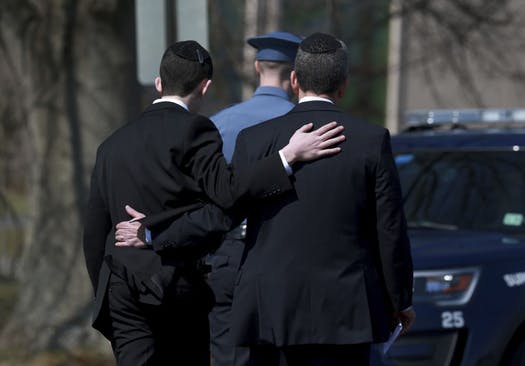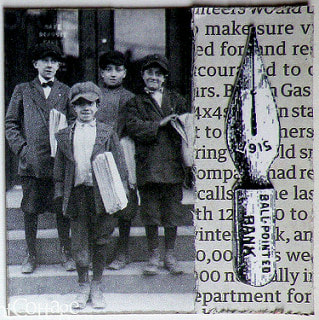University student's death brings attention to assaults by people posing as ride-share drivers
On busy streets outside bars or clubs, people often hop into a car without a second thought.
By Jack Healy New York Times APRIL 6, 2019 — 10:29AM

She had done it countless times. But that night in July 2018, as the man veered off course toward a deserted parking lot, as he cranked up the radio and ignored her questions, as her real driver called her wondering where she was, Suarez said she realized with horror: This was not an Uber.
“That’s when he said, ‘Give me your wallet, give me your phone, give me everything you have,’ ” Suarez, 28, said.
Josepheon;
On busy streets outside bars or clubs, people often hop into a car without a second thought. But the killing of Samantha Josephson, a 21-year-old college student in South Carolina who was stabbed to death after getting into a car she mistook for her Uber last weekend, has brought national attention to a rash of kidnappings, sexual assaults and robberies carried out largely against young women by assailants posing as ride-share drivers.
These attacks turn a simple mix-up into a nightmare, showing how easily bad actors can exploit the vulnerabilities of a ride-sharing culture that so many people trust to get them home safely.
There have been at least two dozen such attacks in the past few years, according to a tally of publicly reported cases, including instances where suspects have been charged with attacking multiple women. In Connecticut, a man was arraigned last week on charges that he kidnapped and raped two women who believed he was their ride-share driver. In Chicago, prosecutors said a man who posed as an Uber driver sexually assaulted five women, climbing into the back seat and pinning them down.
These attacks turn a simple mix-up into a nightmare, showing how easily bad actors can exploit the vulnerabilities of a ride-sharing culture that so many people trust to get them home safely.
| The drivers troll nightclubs and bars late at night to find people scanning the dark for their ride, according to law enforcement descriptions of the assaults. They wave to passengers and say, “I’m your driver.” Some even hang ride-share decals in their windows. The attacks represent a tiny fraction of the millions of uneventful rides that Americans hail every day. But Josephson’s murder has forced ride-sharing companies to address renewed safety concerns, led to legislative proposals and public efforts to reduce future attacks and prompted passengers across the country to weigh the risks of climbing into a stranger’s back seat. |
State lawmakers in South Carolina have proposed a law named for Josephson that would require all ride-share drivers to display a lighted sign from their company. Her father, Seymour Josephson, has become an outspoken advocate for stronger safety measures, saying at a vigil this week, “I don’t want anyone else to go through it as a parent.”
Samantha Josephson had last been seen at 2 a.m. Friday in a busy downtown neighborhood in Columbia, S.C., getting into a black Chevrolet Impala. Police said Saturday that they had found Josephson’s body in the woods 70 miles away.
The police charged Nathaniel David Rowland, 24, with kidnapping and killing Josephson. They said they had found Josephson’s blood and her cellphone in Rowland’s car, along with bleach and cleaning supplies. The child-safety locks had been engaged.
Rowland has not entered a plea, and his lawyer declined to comment. He was not an Uber driver, the company said.
“Everyone at Uber is devastated to hear about this unspeakable crime,” Grant Klinzman, a company spokesman, said in an e-mail. “We … will be partnering with the university to raise awareness on college campuses nationwide about this incredibly important issue.”



 RSS Feed
RSS Feed